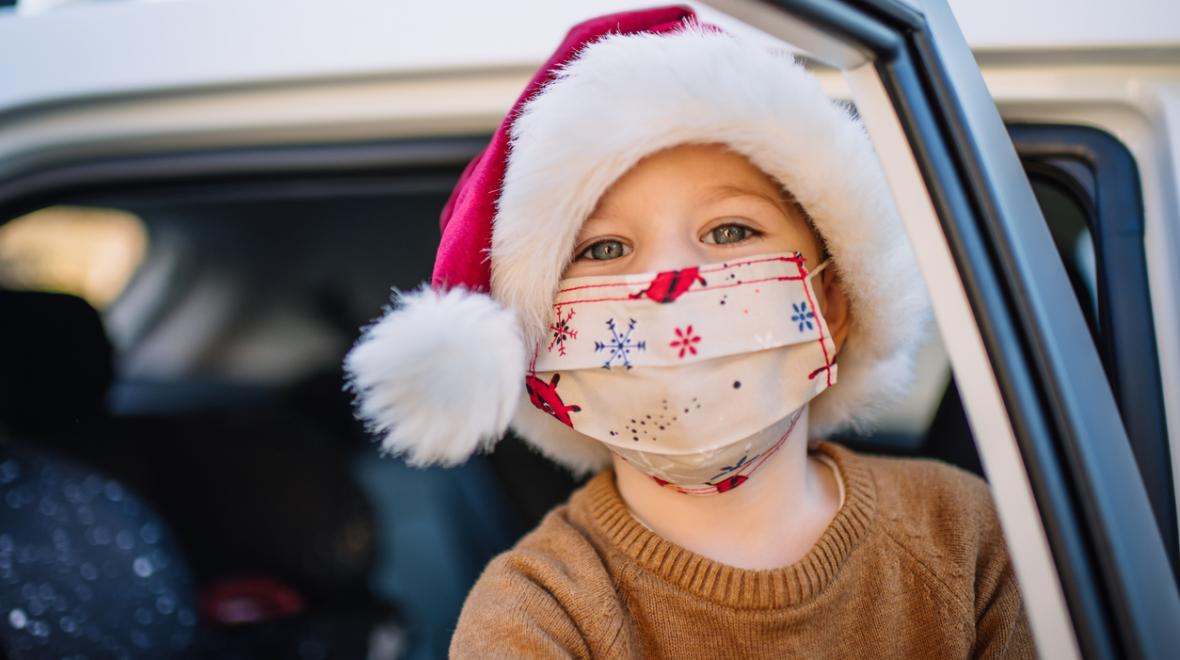
Gov. Inslee’s new coronavirus restrictions went into effect on Nov 17, squashing hopes of a somewhat normal Thanksgiving. It was necessary: The week prior to Thanksgiving, the United States had 11.8 million confirmed cases of COVID-19, with more than a quarter-million fatalities. Washington state had more than 135,000 cases and 2,600 deaths. But for some people, the new rules came too late to cancel Thanksgiving travel plans, while the rest of us will be even more eager to see our loved ones at Christmas after four more weeks of lockdown. For both camps, minimizing the risks while traveling must be the top priority if we don’t want to face a third wave.
The new rules
According to Washington’s new rules, indoor gatherings are banned unless all participants quarantine for 14 days prior to the social gathering or all participants quarantine for seven days prior to the gathering and receive a negative COVID-19 test result less than 48 hours before the event. Outdoor gatherings must be limited to five or fewer people from outside your household and everyone must stay 6 feet apart from people they don’t live with. Although these restrictions are currently scheduled to end before Christmas, it is likely that they will be extended into 2021 unless infection rates drop dramatically.
More than a dozen states (including Washington) and the District of Columbia expect visitors to self-quarantine for two weeks upon arrival. But definitions of “quarantine” and rules vary widely and change frequently, with different penalties (or no penalties) for noncompliance. AARP maintains a summary of these requirements, but you should check for the most current ones directly from your destination state’s website before deciding to go. Out-of-state relatives visiting Washington should arrive and begin quarantine by Dec. 10 to spend Christmas Day with families, according to our state’s current travel advisory.
Regardless of regulations or sunk ticket costs, you should not travel if anyone in your party has a positive COVID-19 test result or is showing symptoms of COVID-19.
Think first
Postponing travel until infection rates drop and official guidelines are changed is the safest option. But what about when travel restrictions are lifted — will it be okay to travel then?
“That question is a super complicated one,” says Matthew Kronman, M.D., associate professor of Pediatric Infectious Diseases at the University of Washington and Seattle Children’s Hospital. “Like just about everything with COVID, the answer is ‘it depends.’ For travel, it depends on a number of factors, both in the family and outside the family.”
Kronman says important considerations include:
- The health of the people who are traveling
- The health of the members of the family you are visiting;
- How you will get there
So, for example, two households of healthy, low-risk people living a short drive apart may choose to meet outdoors with relatively low risk. A weekend-long reunion of extended family from multiple states and including vulnerable individuals increases the risk considerably. Kronman recommends the CDC’s Considerations for Events and Gatherings for guidance. Another useful website uses county-level data to predict the risk of infection exposure based on the size of a gathering. For example, the week before Thanksgiving in King County, there was a 16 percent chance that at least one person in a gathering of 15 would be contagious.
Before you go
It’s important to get a flu shot before visiting others, both for your own health and that of those you will be visiting.
For maximum safety, get a COVID test and consider quarantining for 14 days before travel. The average incubation for COVID-19 is 4–5 days, although it can be from 2 to 14 days between exposure and the onset of symptoms.
“Quarantine is used in two ways. First, if you’re infected, the reason to quarantine is to prevent spreading it to other people. Second, quarantining for 14 days if you have no symptoms but you’re planning to have a gathering, the purpose there is ensuring you don’t get the infection in that 14-day window that we call the incubation period so that you can be certain that you don’t arrive at that gathering infected and spread it to other people,” says Kronman.
However, if you are traveling to reach a gathering, there is a risk of exposure during travel. Keeping visits short increases the chance that you will return home before becoming contagious.
If you will be flying, Forbes tracks airline policies for seating and use of masks, but be sure to check directly with the airline before purchasing a ticket, and again before departure, as policies change frequently.
Minimizing risk while traveling
A preliminary study found that the risk of COVID-19 transmission during a flight is very low, as long as people wear masks and keep the overhead air nozzles in the fully open position and pointing down. However, Christopher Sanford, M.D., a travel medicine specialist with UW Medicine, points out in a video that the risks from flying are not limited to the plane itself. There is also the time spent at the airport, often standing in line and the travel to and from the airport on public transportation or in some form of rideshare.
David Cennimo, M.D., an infectious disease expert at Rutgers New Jersey Medical School, says the safest way to travel is to drive alone. If you must travel via train or plane, avoid public restrooms, wear a mask the entire time, try not to eat or drink until you reach your destination and use hand sanitizer frequently. Stay as far from people outside your own travel party as possible.
Safer gatherings
“It’s the routine basics that we need to keep in mind. The more people we come in contact with, the more likely we are to get exposed. The closer we physically are to those people, the more likely we are to get exposed. If we are close to them without masks, we are more likely to get exposed. We need to do really good hand hygiene. It’s all of those things,” says Kronman. “The routine stuff remains the core of trying to prevent the spread.”
Visiting outdoors in very small numbers for short periods of time, 6 feet apart, with masks on is the safest way to see loved ones in person this holiday season. Outdoor celebrations around Puget Sound in late November might sound like a no-go, but there are lots of people who enjoy socializing alfresco in much colder places, and doing so helps to keep your guest list down to a more pandemic-safe number.
Washington state’s Safer Gatherings website has a safety checklist for minimizing risk at gatherings, as well as tips for talking to family members about difficult decisions such as reducing the guest list or canceling events altogether. If you do choose these safer options, know that there are ways to make the holidays meaningful, even when you stay home and take some comfort in the fact that it won’t be like this forever.











